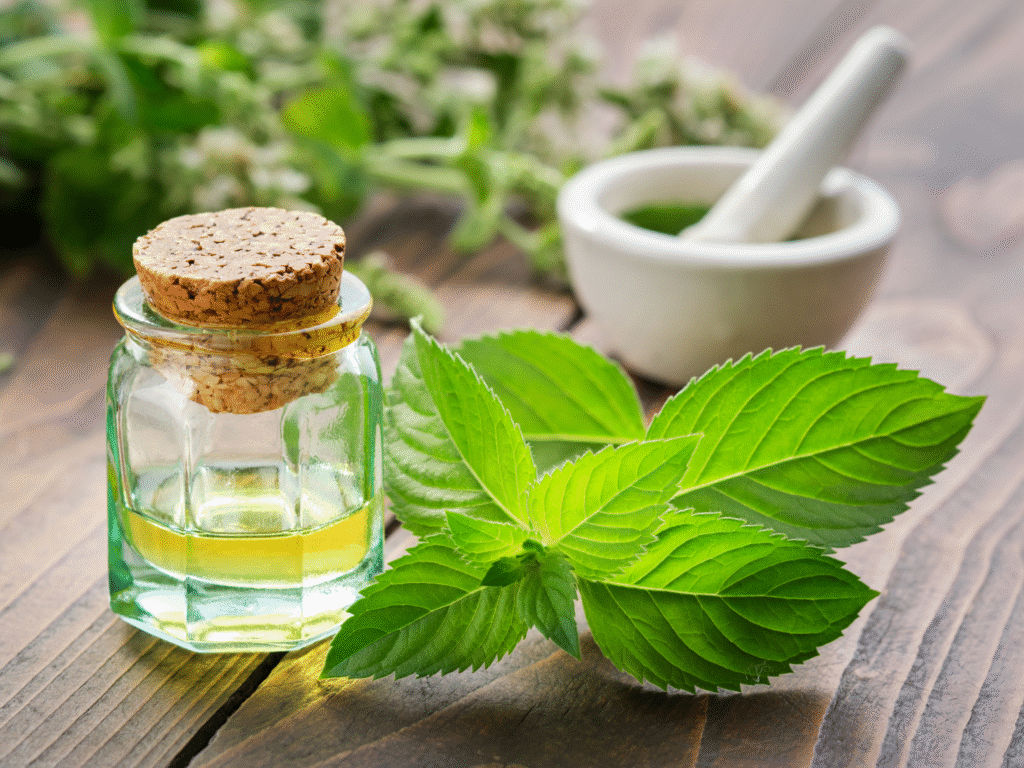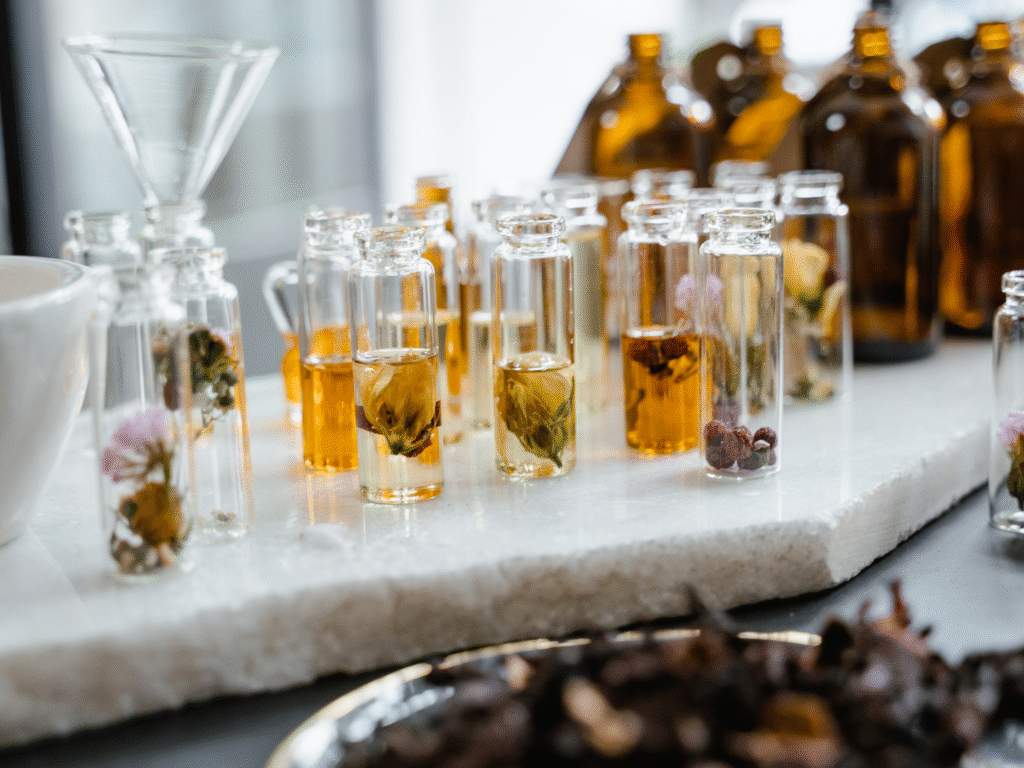Essential oils are prized for their therapeutic, aromatic, and functional properties. However, the purity and quality of essential oils can vary greatly depending on the extraction method used. For companies like M&U International, which specialize in sourcing and formulating high-quality ingredients, understanding these extraction processes is vital for ensuring product efficacy and customer satisfaction.

What Are Essential Oils?
Essential oils are highly concentrated, volatile compounds extracted from plants. These oils capture the plant’s scent and flavor, often referred to as its “essence.” They are widely used in cosmetics, personal care products, aromatherapy, natural remedies, and food formulations.
Direct answer for Featured Snippet:
Extraction methods affect the purity of essential oils by influencing the concentration, composition, and presence of contaminants. The right method preserves beneficial compounds, while poor techniques can degrade or dilute the oil.
Common Extraction Methods for Essential Oils
Different plants and end uses require different extraction processes. Each extraction technique influences the essential oil’s overall purity, strength, and aromatic profile. The most widely used techniques include:
1. Steam Distillation
Steam distillation is the most common extraction method. Steam is directed through the plant material, causing the essential oils to vaporize and separate from the plant. The vapors are then cooled and collected.
- Pros: Cost-effective, scalable, suitable for heat-stable compounds.
- Cons: Not ideal for delicate botanicals, may alter chemical composition with heat.
Effect on purity: Generally produces pure essential oils, though heat-sensitive components may be lost or degraded.
2. Cold Pressing (Expression)
This method is primarily used for citrus peels. The plant material is mechanically pressed without heat.
- Pros: Retains the natural aroma, ideal for citrus oils.
- Cons: Limited to specific types of plants, may include more waxes and residues.
Effect on purity: High-quality oil with intact volatile compounds; however, impurities like plant residues may remain.
3. Solvent Extraction
In this method, a solvent (e.g., hexane or ethanol) dissolves the essential oil from the plant. The solvent is then removed, leaving behind the oil or a resinous material called an absolute.
- Pros: Effective for delicate flowers and resins.
- Cons: May leave behind solvent residues, lowering purity.
Effect on purity: Can produce potent oils, but potential contamination from solvents makes it less ideal for therapeutic use.
4. CO₂ Extraction
Supercritical CO₂ is used to extract the oil without heat. This method is gaining popularity for its precision and ability to preserve compounds.
- Pros: No heat damage, solvent-free, highly pure.
- Cons: Expensive, requires advanced equipment.
Effect on purity: Produces extremely pure essential oils, ideal for high-end formulations.
How M&U International Approaches Essential Oil Purity
At M&U International, quality and consistency are non-negotiable. The company carefully selects extraction methods based on:
- Botanical source: Ensuring the most effective and gentle process is used.
- End use: Whether for food-grade, cosmetic, or therapeutic purposes.
- Regulatory compliance: Oils must meet international purity and safety standards.
M&U International often opts for steam distillation or CO₂ extraction for high-purity essential oils, ensuring customers receive products that are both safe and effective.
Why Extraction Methods Matter
Here’s how different extraction methods impact the purity of essential oils:
| Extraction Method | Purity Level | Common Use Cases | Notes |
| Steam Distillation | Moderate to High | Most herbs and woody plants | Some heat-sensitive compounds may degrade. |
| Cold Pressing | High | Citrus oils | May contain waxes and residues. |
| Solvent Extraction | Variable | Fragile flowers (e.g., jasmine) | Potential for solvent contamination. |
| CO₂ Extraction | Very High | Premium oils | Retains full spectrum of bioactives. |

Real-Life Impact on Consumers and Brands
Consumers often assume all essential oils are the same. However, a poorly extracted oil might lack potency or contain harmful residues. Brands that partner with experts like M&U International can ensure their products deliver both safety and performance.
For instance:
- A lavender oil extracted via CO₂ may have stronger calming effects than one extracted using heat.
- A citrus oil with cold-pressed purity will retain its zesty aroma better in skincare formulations.
When Purity of Essential Oils Matters Most
Essential oil purity is especially important in:
- Aromatherapy: Impurities can affect both scent and safety.
- Cosmetics and skincare: Contaminants may cause irritation or allergic reactions.
- Food and beverages: Only pure, food-grade oils are safe for consumption.
- Pharmaceuticals: Purity directly impacts therapeutic effectiveness.
Purity of Essential Oils and Extraction Methods
The method used to extract essential oils has a direct and profound impact on their purity, effectiveness, and safety. For companies like M&U International, selecting the right extraction technique ensures the final product meets the highest quality standards.Whether you’re formulating a skincare line, a natural remedy, or an aromatherapy blend, understanding how extraction methods affect the purity of essential oils is essential for making informed choices and delivering exceptional results.
